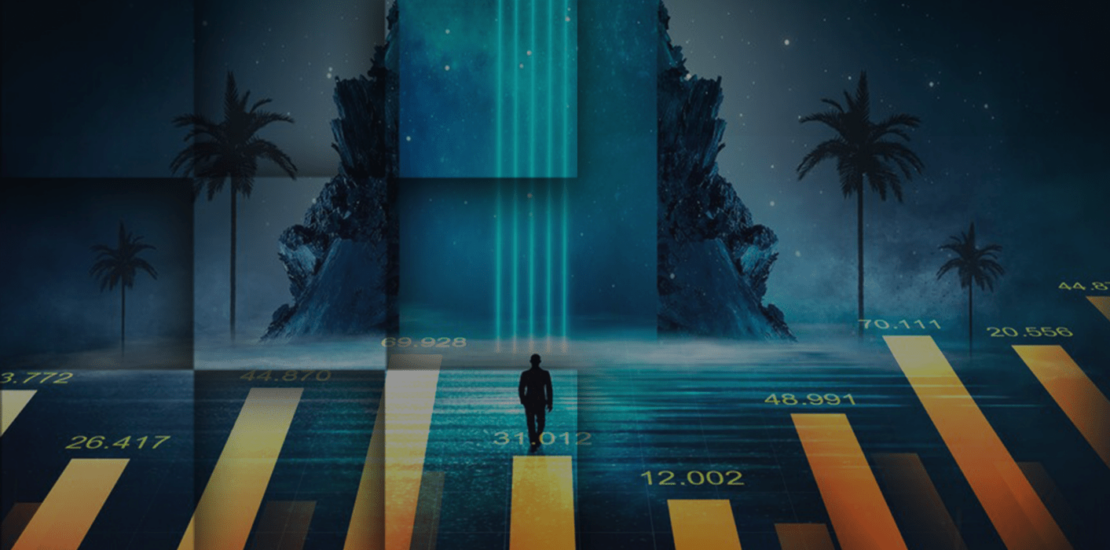- June 7, 2023
- Posted by: Ishaq Ali
- Category: Game Development

Unity is synonymous with game developers around the world. Ever since its release in 2005, the game engine has seen several iterations and has evolved significantly over the years. The game engine has amassed popularity thanks to its versatility and ease of use compared to other engines in the market. Unity has emerged as one of the most powerful engines today thanks to its wide range of tools and features that help create visually stunning and immersive experiences.
Among these, Shader Graph and VFX Graph stand out as the most important additions as they empower developers to craft complex shaders and breath-taking visual effects with relative ease. But what do these tools do, and how do they help developers achieve the vision for their games? Let’s find out.

Shader Graph:
Shader Graph is a node-based visual interface that allows artists and developers to create shaders without writing complex code. It simplifies the process of generating and manipulating materials, textures, and lighting effects. By providing a graph-based workflow, Shader Graph grants users a visual representation of the shader’s behaviour, making it more intuitive and accessible. The tool essentially takes on a task that involved writing custom shaders and presents it in an extremely user-friendly way, while providing impressive results within a fraction of the time.
Shader Graph can also be used to create custom shaders by connecting nodes that define operations such as colour blending, texture mapping, and light calculations. The modular nature of Shader Graph enables the reusability of node networks, enhancing efficiency and productivity. This allows developers to experiment and iterate on their design as they can quickly tweak parameters and see the results almost instantly. Alongside creating visual effects like distortions, reflections, refractions, and many more, Shader Graph also enables procedural generation of textures and patterns, offering infinite possibilities for creating diverse and dynamic environments.
VFX Graph:
While Shader Graph helps create the world in games, VFX Graph helps add life to it. Introduced in Unity 2018.3, VFX Graph is a powerful tool that helps create stunning visual effects with real-time simulations. The tool is ideal for designing particle effects such as explosions, fire, smoke, water splashes, and magical spells, alongside simulating environmental effects like rain, snow, wind, and clouds. This is also the go-to tool for physics-based effects such as cloth simulations, fluid dynamics, and rigid body interactions. Like Shader Graph, VFX Graph also offers a node-based interface specifically tailored for such tasks. Also, like Shader Graph, VFX Graph helps developers generate these complex and realistic effects without extensive programming knowledge. Developers can craft intricate particle systems that react to in-game events, interact with objects, and respond to physics simulations.
The graph-based workflow provides granular control over every aspect of the effect, including particle behaviour, emission, colour, shape, and lifetime. This level of control allows for the creation of visually appealing and dynamic effects that add depth and immersion to the game world. The real-time nature of VFX Graph is particularly advantageous during the game development process. Developers can instantly see the impact of their changes and iterate on the effect until it reaches the desired outcome. This immediacy greatly reduces the time spent on tweaking parameters and enhances the overall creative process.

In conclusion, Shader Graph and VFX Graph stand as powerful additions to Unity. By simplifying some of the most complex aspects of game development, these tools have certainly made the development process much more efficient, while also elevating the visual quality of games thanks to the granular level of control it offers the developers. With these tools, Unity has opened new avenues for developers, artists, and designers to push the boundaries of visual creativity. From custom materials and procedural generation to particle systems and physics simulations, Shader Graph and VFX Graph offer limitless possibilities for creating visually captivating experiences.
With the advent of AI tools’ mainstream ventures, Unity has teased AI-based tools that could take efficiency and creativity to a whole new level. How these tools will take shape, and what impact these will have on game development is something to be seen. That said, if the pace of AI adoption is any indication, we don’t have to wait much longer.
Planning to deliver engaging and highly immersive games to players worldwide? iXie would be the right choice with massive experience in the gaming industry over the past decade.
